The 2nd of September is a date etched in the psyche of our family. On this day, in 1926, our saintly ancestor, Bhai Hira Singh ji, breathed his last. Tomes have been written about his life and work. He became famous as a ‘Ragi’ ( a singer of the guru’s hymns). However, what is not so well known, is that he spent a great deal of his effort and time to promote the cause of education.
We do not know his exact date of birth, because no one recorded the event in our ancestral village. However, it has been estimated that he was born in or around 1879. His short life of about 47 years was filled with an amazing array of events, which have had a profound influence on our people. His native village, Faruka in District Sargodha (now in Pakistan) was transformed into an enlightened small town,largely because of a school built by him.
Bhai Hira Singh ji did not receive any formal education. He was taught to read and write, and so he was literate. His knowledge of arithmetic was limited to multiplication tables. But what he missed by way of classroom learning was made up by the company of a Saint with whom he travelled far and wide. During this period, he spent a couple of years in Amritsar, and met some eminent people, of whom the most notable was Bhai Vir Singh ji. As early as the end of the nineteenth century, it had become clear to him, that formal education was, and will always be essential for progress.
For those who may not be familiar with the education scene at that point of time, I am giving below a few historical facts.
-
In 1890, the total number of matriculates in India was 60,000. In a population of 2384 lakhs, this meant that only one out of nearly 4,000 persons was a matriculate.
-
Two colleges were established in Lahore in 1864, but Amritsar had to wait for one until 1892 for a college to come up.
-
About 95% of the people of India lived in villages. Consequently the chances of a child born in the rural areas to reach out to a school were very minimal.
Bhai Sahib was quick to perceive that education was a pre-requisite for gaining an entry into any important service or even to run a business or enterprise. By that time, the modern census had begun and so we have some quantified information. It is reliably learnt that in 1887, out of a total of 21,000 government jobs, 29% were held by Europeans; 19% had been cornered by Anglo-Indians and only 52% were with Indians, who must have constituted more than 98 percent of the total headcount. Our people could not compete for these posts because they lacked education.
Without knowing all this arithmetic, Bhai Hira Singh ji came to the conclusion that his native village needed a school. And he was convinced that it had to be a High School. His vision was based on the teaching of Guru Nanak. At page 356 of Sri Guru Granth Sahib, in Rag Asa, the Guru says:
No one is able tell how it happened, but during the period of his absence from home, Bhai Sahib was blessed by the Lord, and he attained enlightenment. When he returned to Farooka at the instance of his father, Bapu Bhag Singh ji (1843-1947) he was a changed man. He had donned a saintly robe, and carried a musical instrument with him, wherever he went. And people said, “Bhai Bhag Singh’s son has become a saint”. They thronged to meet him. We have with us a photograph dated 1903, when he was about 24 years old. Notice the piercing look in his eyes and the string instrument in his right hand.
Bhai Hira Singh ji in 1903 (age about 24 years)
His first message to his people was: “Let there be a school here: a High School!” He said this at a time when the nearest middle school was more than 30 kilometres from there, and that was more than one full days’ travel! The road was long and tough, but the destination was not beyond the reach of this young man, obsessed with his mission. In 1906 the school was established, and within two years, it was upgraded to a High School.
The task of acquisition of land and raising funds was a daunting challenge, but Bhai Sahib was able to overcome all obstacles. Here, it needs to be remembered that this school had come up under the aegis of ‘The All India Sikh Education Conference’ and was, therefore designated as a ‘Khalsa High School’ when more than 80 percent of the people of that area were Muslim. How he managed to obtain their tacit and in fact unstinted support will remain a secret which only he can tell. However, the fact is that in 1908, when the foundation stone was to be laid by some eminent persons who had come from Amritsar, the headman of the village Mian Allah Yaar Kalyar was present there with all his friends and relatives.
It seems that on the night preceding the ceremony, there was some disagreement amongst the persons who had offered to donate land for the project. Bhai Sahib was deeply upset with what he saw and heard. Consequently, when the time came for him to address the gathering, he expressed inability to speak. But he was persuaded to come up on the stage. And what he said left the audience dumbfounded. They were moved to tears. The donors came with folded hands and offered more than what they had promised, and the foundation stone was laid, without any hitch.
The newspapers of the Punjab covered the event extensively. Poets of that period had composed poems, which were recited with great enthusiasm and fervour. These are recorded in the book “Amolak Hira” edited by our revered father, Major Balwant Singh ji (1911-2004) which was first published in 1981. It has since then been reprinted several times.
Of all that is written, the portion which appeals the most to me is the words spoken by Mian Allah Yar Kalyar. Here is what he said, in Punjabi, as it was spoken in our village when I was a child:
”सुभान अल्लाह , सुभान अल्लाह ! वाह तेरीआं क़ुदरतां !!!”
“आ, भाई हीरा सिन्घ ! अज दिल करदै , गल्ल विच खफ़नी पावां ते फ़क़ीर बण के निकल पवां । दुनियाँ वाक़ई, ते बेशक़ फानी ए । मैं फ़िदा हो गिया हाँ, तेरे लफ़्ज़ाँ ते… ओये रब दे बन्दिया , तूं भाई भाग सिंघ दा पुत्तर ते फरूके दा बाशिन्दा हें ? तौबा तौबा , नहीं नहीं ! अल्लाह ने तेरी शक़्ल विच कोई फरिश्ता घलिया है । तेरे क़लाम ने दिल विन्ह के रख दिता हे । ग़ज़ब कर छोड़िआ ई ! धन्न तेरी अम्मी ए जिसने तैनू जनम दित्ता ए !!!”
“Subhaan allah…subhaan allah! Bless us, our Creator!” Ällah Yaar Kalyar’s eyes became moist, when he said these words, “O Bhai Heera Singh! At this moment I feel like wrapping a coffin around my neck, and leave home, like a tramp. Without a shadow of doubt, the world is just a transitory flicker! I am bowled over by your words. Oh man of God, are you the son of Bhai Bhag Singh, and a native of Farooka??? No. No! Allah has sent an archangel in your garb. Your words have penetrated deep into my heart. I am in awe…Blessed is the mother, who gave birth to you!”
The above speech of Mian Allah Yaar Kalyar, recorded in the Shahpuri dialect can be heard by clicking on the following link:
Click here for speech of Mian Allah Yaar Kalyar
This story does not end here. For the school to get the formal government approval, it needed funds support. Bhai Sahib took it upon himself to raise Rs 20,000 by the year 1911. And while he was at it, the demand rose to 30,000. (at current price level, this translates to about Rs 4.5 crore) Bhai Sahib accepted this challenge also. He got a cave dug for himself at one end of the village, and declared that he will meditate there until the money was raised. Our grandmother was expecting a child and beseeched him to come, but for the saint, his mission was more important. He lived up to his pledge, and returned to his house only after the target had been met.
It is now time for us to have a look at the pictures of the School as it looks now. And just beneath we have inserted the picture of a board which commemorates the contribution of the founder.
The School in Farooka, Pakistan
This is written on a board near the entrance of the school, and it can also be viewed on the Internet
When I look at the history of the school and recollect the memoirs of my parents, I really wonder why we had to leave our native land in 1947. Our ancestors had lived there for several centuries, and no one anticipated that kind of animosity even as late as just a few months before the partition. Muslim students attended the above school and there was complete communal harmony in the village. During the two great wars, Muslims fought shoulder to shoulder with our father and uncles. How and why did they become our arch rivals, is something which I will never be able to understand.
*
Be that as it may, life took its course, and we were unceremoniously thrown out of our houses and left our ancestral lands behind. The beauty is that the school built by the sweat and toil of Bhai Hira Singh ji came along with us. As soon as possible after the partition, it was re-established in Ambala Cantonment and it is a flourishing institution till this date. It abides by the values consecrated in its foundation. Here are the pictures of the school and the foundation stone re-created by its management.
A most notable feature of the school in Farooka was that it had a boarding house attached to it. In this, residential facilities were provided for orphans and also for those whose villages were too far to commute daily. A big landlord, Bhai Amar Singh Gaddh had donated about fifty acres of land, and the entire produce of this tract of land was used to feed poor children. On 17 August 1992, under the column “75 years ago” The Tribune carried the following ‘letter to the editor’ originally published in this newspaper on 17 Aug 1917:
“Sir- In connection with your note about feeding school children and your appreciation of the example set by ‘Seva Society of Bombay’, let me tell you that the renowned and venerable Sikh, Bhai Hira Singh has already set the ball rolling in the High School at Farooka. Not only are light refreshments in the recess hour allowed to poor children, but he has also managed to give food gratis to thirty deserving borders” - Johur
It is more than a mere coincidence that the persons born in Farooka grew up as privileged children and rose to higher positions in society. Many of them became military and civilian government officers and have brought up their children as engineers, doctors and professionals. And this is true of all of us, whether we are on this side of the border or the other. Education knows no boundaries, and it also does not discriminate between caste, creed and religion.
*
As I was going over this part of our family history, it occurred to me that all of us have a soft corner for the under-privileged. The sight of an under-nourished child strikes a very sensitive cord deep within us. There is an immediate urge to do something for the benefit of the child. To convey this sentiment through pictures, I downloaded the following pictures from the Internet.
This is a beautiful child who has committed no crime. But it is a plain truth, that his future is not too bright!
When you see children like this, the first desire is to feed them. Am I right?
And I know several non-government organizations which feed children. But does that solve the problem?
The more enduring solution is to educate such children. If you give fish to a child, you have fed him for a day, but if you teach him how to fish,
you have fed him for a lifetime! And this is why the Guru said, ‘Vidya vichari tan paropkari’
*
I have reached the end of my narrative. Bhai Hira Singh ji passed away at the age of 47, eighty-nine years ago. A few months before his demise, when he sat down to write his will, he had six children, of whom, the youngest was not even four years old. Yet, as far as we can tell, he was neither worried nor afraid. He had spent his whole life singing the praise of the Lord, and so he had no doubt whatsoever, that his children would forever be well looked after, and prosperous. He did not leave an enormous amount of wealth behind, but he bequeathed a very rich legacy of righteousness. His prophesy has proved true.
Recently, someone in England recorded a three minute clip on the philosophy which guided Bhai Sahib. He tells us that Bhai Hira Singh ji used to recite gurbani all by himself, addressing no one but his own Master. He derived strength out of the quiet moments when he was alone with the Guru. A link to this clip is given below:
http://www.sikhnet.com/news/how-kirtan-lives-forever-story-heera-singh
The Tailpiece
I was born in 1941. Our saintly ancestor, Bhai Hira Singh ji had left for his Heavenly abode fifteen years before my birth. On 2nd Sep a function was held every year, during which people used to recount his noble deeds. Then, in 1951, twenty-five years after his demise, the weekly paper published by Bhai Vir Singh ji carried two special issues which contained articles written by several luminaries of that time. Finally, in 1981, our revered father, Major Balwant Singh ji published the book, “Amolak Hira”. Some times, it seems to us that all that needed to be said about Bhai Sahib has already been said, but every year we find something new!
May the Lord bless us and give us the strength to dig into the story of his life, and discover new gems, year after year…


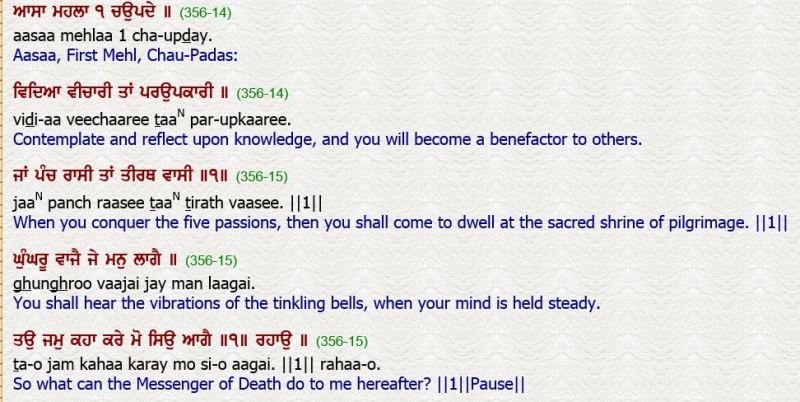


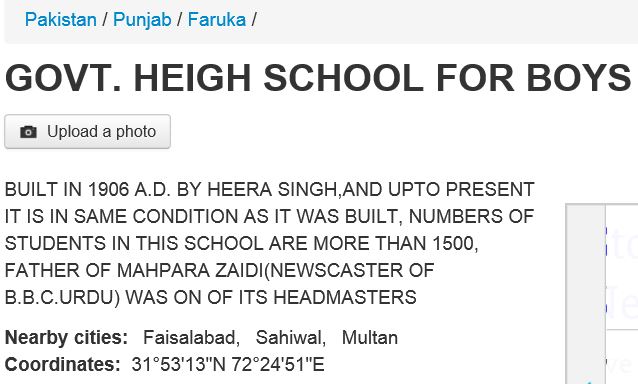


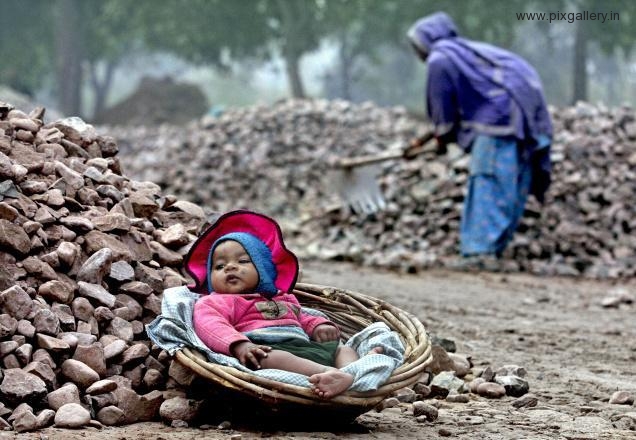
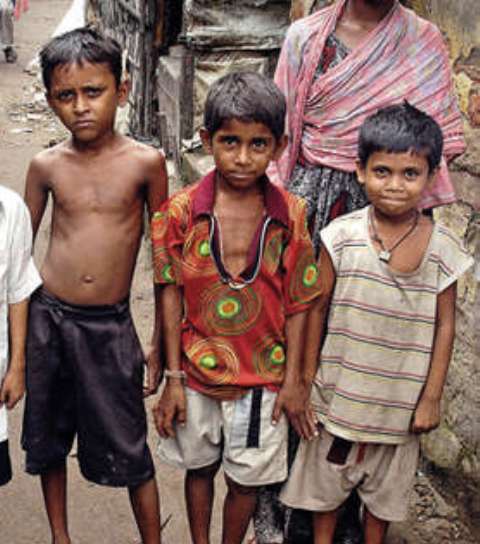
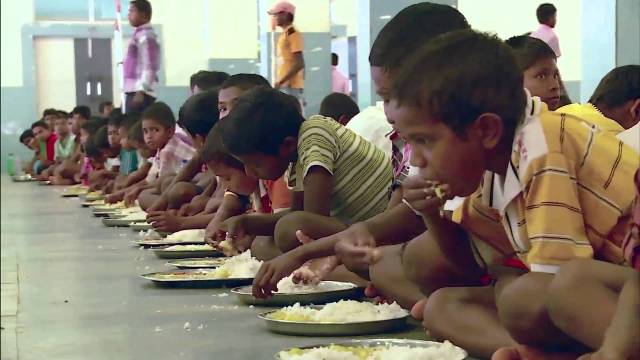







I came across this very beautiful article as I was searching for translation of Shabad kirtan “Vidya Vichaari…”
Blessed to have come across this immensely rich article & to learn a bit about Bhai Hira Singh Ji & his path in life…very inspiring.
Thankyou for sharing.
critical analysis essay example one advantage of using dialogue in a narrative essay is to essay planning sheet
custom written term papers write my paper for me thesis writers in delhi
Dad,
This is inspirational. Knowing that our Great grand father was able to take a stand on something so selflessly for the benefit of so many children … and the fact that this school has now multiplied … With a school still running in Faruka , and one running in Ambala, Its humbling to think of how many children, and families lives this would have benefitted.
Chronicling some of those stories will be the next thing … as it will help us be present to the good things we can do in life and the effects it can have in the future , if we are well intentioned and in this case blessed by the almighty !
warm regards
Jasdev
Thanks for sharing,
Srimurti Saraswati
Thank you Sir.
regards
Harikumar
Hari,
Thanks.
I have been hoping to receive a piece from your end.
Do you have any pictures of Sikkim?
Regards for Malathi and others in the family.
Surjit
Dear Chacha
what a marvelous piece written by you , as always , on the real Diamond of our Family . Insight into his life & works is extremely inspiring , highly motivating & most humbly put , trying to emulate in my own life , whatever miniscule part it may be.
I always wait eagerly to the thoroughly researched articles by you. May almighty give you great health , energy & time to fill our lives with such invaluable treasure.
Regards
OP
Mani and OP
Thanks.
We old fogies need messages like the one that you have sent to keep us going!
Your words are as necessary as oxygen!
Chacha
Wonderfully written. Can you please let me know the name of Major Saab’s book and is an ecopy for that available.
Tajinder ji,
Thanks.
If you give me your address, I will have a copy of the book delivered as soon as possible.
Regards,
Surjit
A most remarkable personality without doubt. It is people like him with vision and charity as their cornerstone who remain immortal. May God bless his soul.
Harindar ji,
Thanks. Your family has produced gems, too.
Surjit
Dear Sir,
Simply marvelous, as ever.
It is one of my life’s greatest honour and privilege, knowing you.
Ajay
Ajay,
“Ditto”
The Chandele folks are an integral part of our family. I have, forever, looked towards your dad and mother for inspiration.
Surjit
Great piece of history. Well recorded.
You are right that first thing that comes to our mind is feeding the children.
All governments have failed to send every kid to school whereas there are many like Bhai Hira Singh who do this on their own.
I had a neighbour in West End Delhi who was a Naval Captain in British Navy. Martin Howard and his wife Anne. He had come to attend the NDC. At the end of the course he resigned and stayed on in India. He has opened a School near Badshapur, Gurgaon much against Government intervention. It has 700 students. I was invited for the Independence Day Celebrations. It was impressive. They had done some thing which I could not.
I contribute funds for 10 students every year for last seven years but never would have thought of starting a school. He has British teachers who come and teach for six months in return for an experience and free board and lodgings. Very soon it will reach Class xii.
Once again a great story.
Dave, please convey my respects to Martin and Anne Howard.
Will do Jo! You know them via NDC or otherwise. Great to know.
Dave, I don’t know them. But I appreciate what they are doing. They are following in the footsteps of Gen Sir Arthur Cotton, Col John Pennycuick, Col PT Cautley, Gen Sir Henry Lawrence, Gen Sir Henry Daly — all friends of India and all remembered in the areas where they worked.
Dave,
Thanks.
Yes. We know that you have a philanthropic instinct in you.
May the Lord grant more strength to your elbow.
Regards,
Surjit
Thanks Surjit for this piece. There is a Chinese saying :
If you are planning for a year, plant rice.
If you are planning for ten years, plant a tree.
If you are planning for hundred years, educate a child.
You are truly blessed to have such an illustrious grandfather.
Delighted to hear that the school was cloned in Ambala.
3007,
The people who were managing the school in Pakistan were a committed set of people. The people moved to Ambala Cantt in large numbers, and the school had a good reputation. The ‘resettlement’ directorate gave some land and so the new school began to function very soon after the ‘partition’
2997
Glad to hear that the school got some land from the Resettlement Directorate.
Dear Surjit,
One facet of the life of our revered grandfather has been beautifully covered by you. Rightfully, you have taken on from where our father left off. He captured all these in Punjabi in his book,which is widely read and quoted. He did a yeoman service by writing it.
Your contribution is no less significant because additional research has gone into it.
Superlative effort.
Surinder
Surinder
Surinder,
Thanks. You are kind.
We owe a great deal to our father. He has left a rich legacy of positive thoughts and noble values.
Surjit